It’s a ‘big year for wasps’ in California. Here’s why and how to avoid getting stung
As high temperatures persist across parts of California, you may have noticed an uptick of stinging insects zipping around your property.
Wasp season is typically between March and November but the bugs are especially active now after a mild winter and spring.
“This is a really big year for wasps,” said Lynn Kimsey, director of the UC Davis Bohart Museum of Entomology. It’s home to the seventh-largest insect collection in North America.
Here’s how to identify yellowjackets and other wasps, avoid them and what to do if you see one near your home.
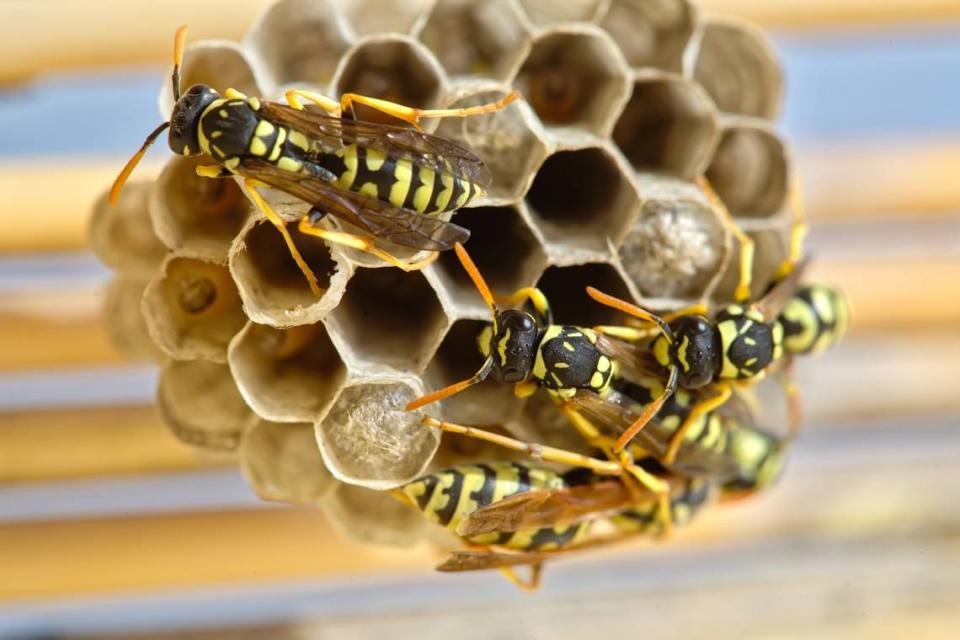
Why are there so many wasps in California?
Wasps are looking for large bodies of water such as pools and ponds to cool themselves down, “which makes them seem more present” compared to past years, Kimsey told The Sacramento Bee.
“The heat is tough on them.” she said via phone.
When temperatures become too hot, wasps can be found in shaded areas or near damp places.
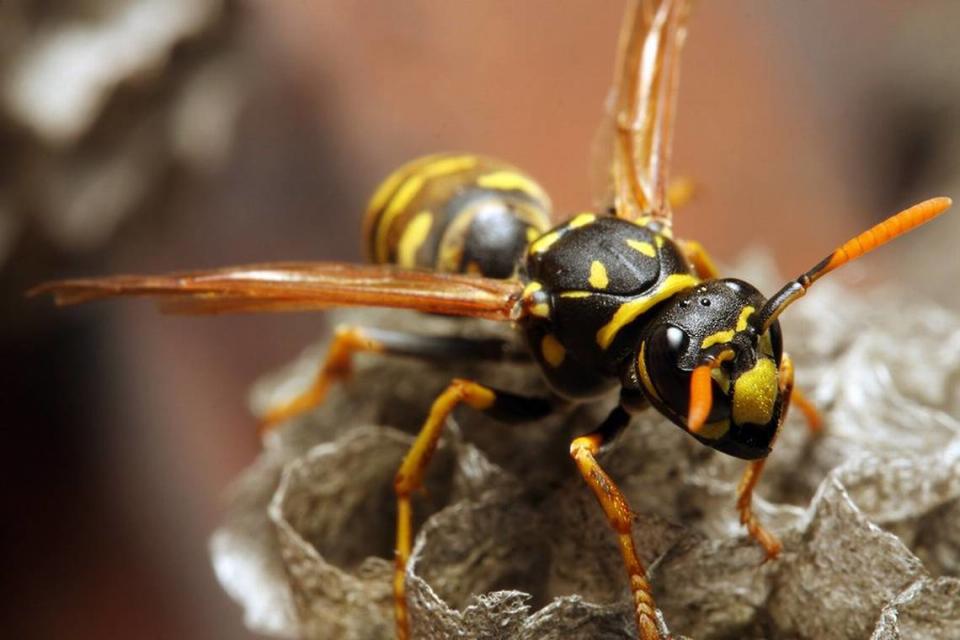
Is hot weather to blame?
Kimsey cautions people not to blame the uptick in wasp activity on the long stretches of scorching temperatures seen in California this summer.
“I think we as humans tend to make correlations between things that aren’t necessarily correlated,” she said.
According to Kimsey, extreme temperatures have made wasps more present but the weather hasn’t increased their population size.
The fiercely territorial insects, Kimsey said, typically cannot fly in temperatures below 60 degrees and struggle to function in weather exceeding 100 degrees.
Warm weather also means wasps could survive longer than normal, she said.
What do wasps look like? Yellowjackets?
Wasps, which are typically about the size of a paper clip, can be identified by their pointed lower abdomens and narrow midsections, according to National Geographic.
The winged insects fall into the order Hymenoptera, which includes bees and ants.
Wasps come in a variety of colors — from yellow and black to red and blue — and are split into two primary groups: social and solitary.
Most wasps are solitary, non-stinging insects that do not form colonies, National Geographic states. The group includes cicada killers and tarantula hawks.
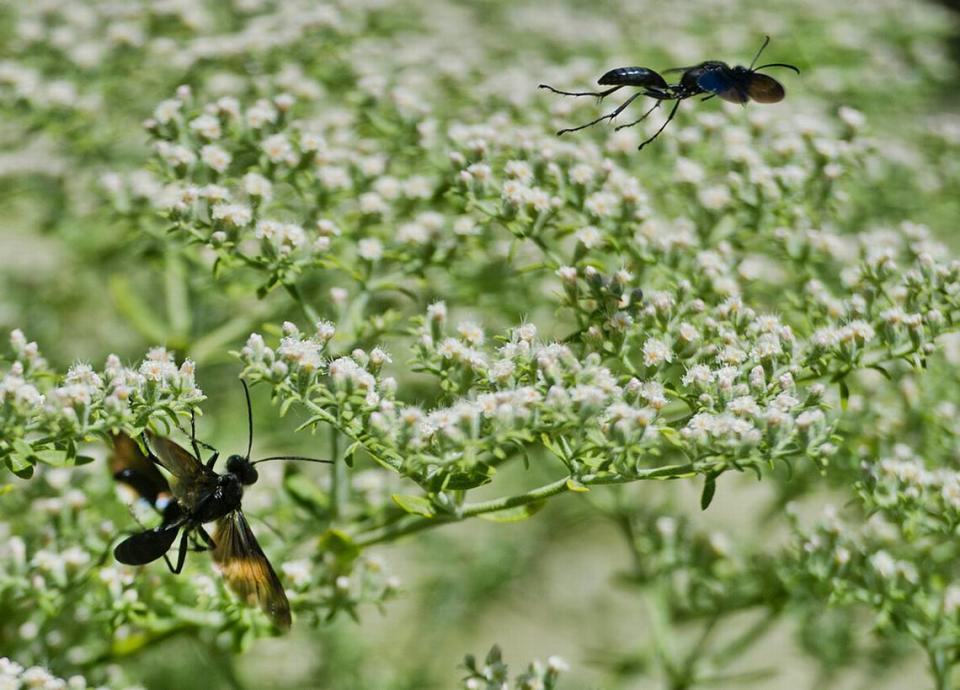
“Most people don’t notice (solitary wasps) ... They tend to be less conspicuous than the social (wasps) do,” Kimsey said, adding that they are “good to have around” to eat other bugs such as caterpillars.
There are roughly 300 species of solitary wasps in California, she added.
Yellowjackets and paper wasps are the two most common social wasp species in Northern California, Kimsey said.
Social wasp colonies are started from scratch each spring by a queen who survives through the winter.
Each colony can have up to 5,000 individual insects.
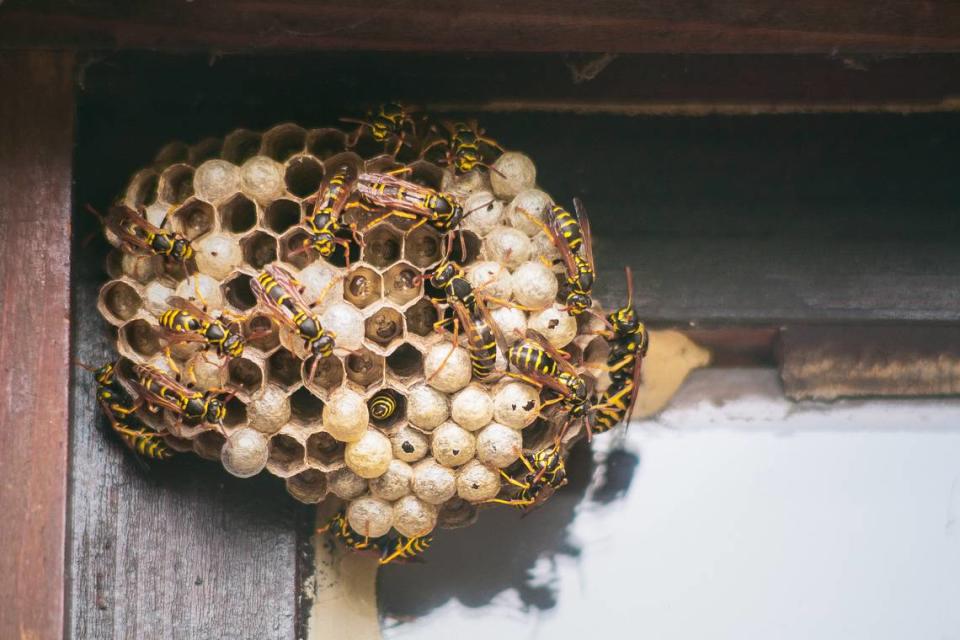
Where can I find wasps?
You’ll rarely find wasps indoors, Kimsey said. Instead, they prefer freshly watered lawns, sprinklers and bodies of water.
Wasps can typically be found under tiled roofs and near new construction buildings because they’re conducive to heat, said Jeff Lyons, sales and retention representative with Pro-Active Pest Control in Northern California and Arizona.
“Wasps are pretty resilient,” Lyons told The Bee via phone.
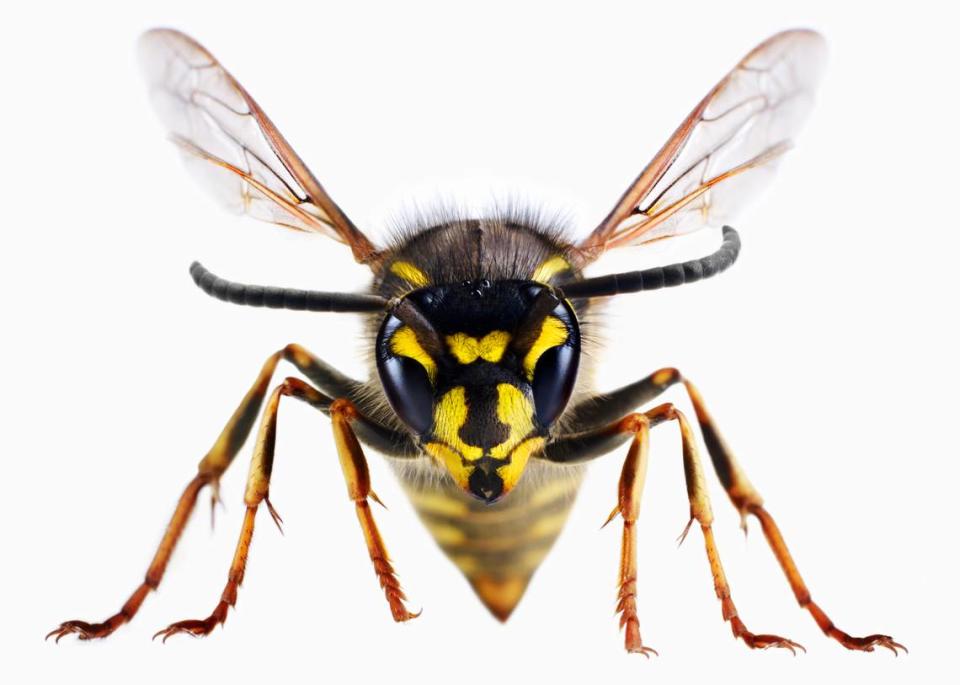
Are wasps dangerous to humans? Pets?
It depends on which type of wasp it is.
A solitary wasp won’t sting unless it’s picked up, Kimsey said.
Social wasps use their stingers solely for defense, according to National Geographic.
Sting symptoms can range from pain and swelling to redness and hives, according to Johns Hopkins Medicine of Baltimore.
Potentially life-threatening symptoms include coughing, sweating and vomiting.
People may also feel faint and tightness in their throat or chest.
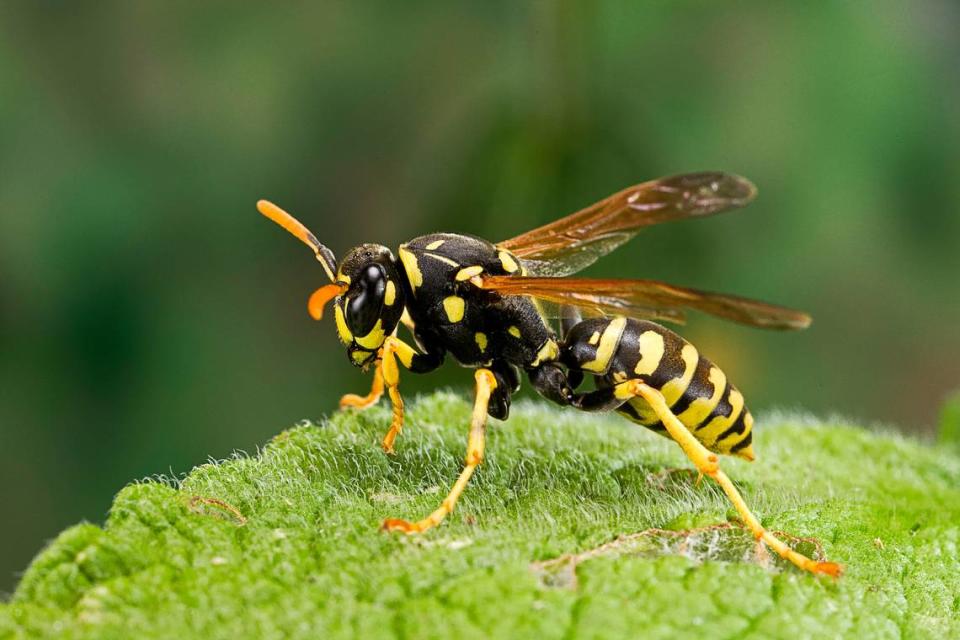
Should I call pest control for wasps? How can I avoid them?
It depends on your tolerance level, Lyons said.
“A lot of people don’t realize they’re allergic to a sting until it happens to them,” he said.
Lyons said Pro-Active Pest Control, which has served the Sacramento region for roughly 10 years, has had an increase in calls about wasps since the summer began.
On average, 15% to 20% of calls the company gets are about wasps, he said.
The majority of the inquiries are from people who are overwatering their plants, Lyons said, noting that this creates the perfect conditions for wasps.
A good rule of thumb, Kimsey said, is to “steer clear” of wasp nests as well as yellowjackets coming out of the ground.
Call pest control if the wasps are in high-traffic zones for children and pets, she added.
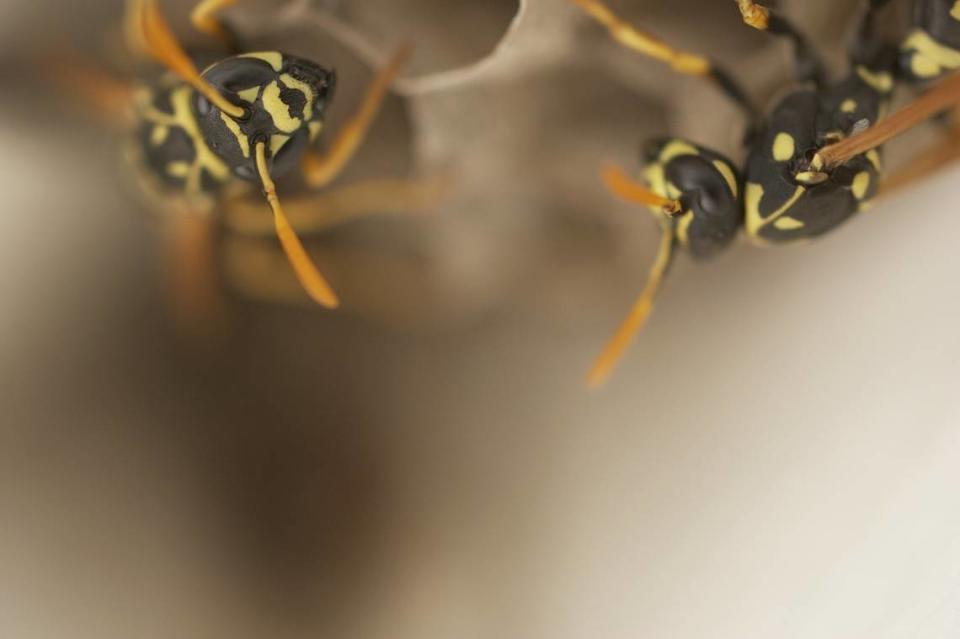
What should I do if I’m stung by a wasp?
A person stung by a wasp should be monitored for a potential allergic reaction, according to the U.S. Centers for Disease Control and Prevention.
Wash the site with soapy water and remove the stinger with gauze or a fingernail.
Do not squeeze the site or use tweezers, the CDC stated.
Apply ice to combat swelling and refrain from scratching to reduce the risk of infection.
What do you want to know about life in Sacramento? Ask our service journalism team your top-of-mind questions in the module below or email servicejournalists@sacbee.com.

